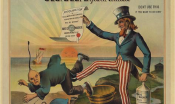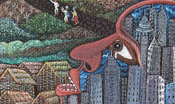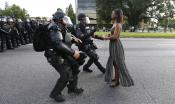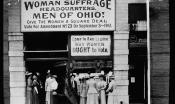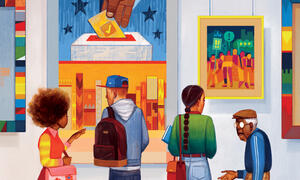text
Visual
Manzanar, 1942
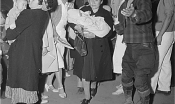
Following the attack on Pearl Harbor, over 110,000 Japanese Americans, mostly U.S. citizens, were incarcerated in “War Relocation Camps.” These photographs were taken at Manzanar, one of the ten Japanese internment camps, in 1942.
September 3, 2015
